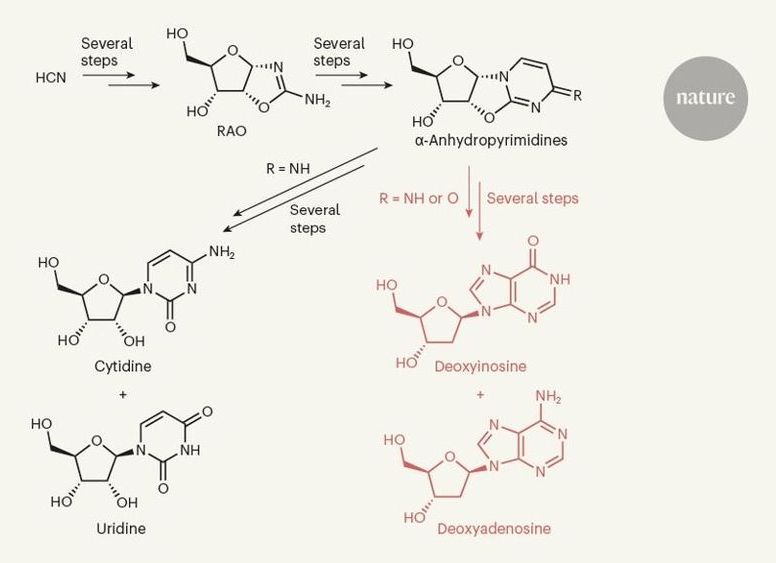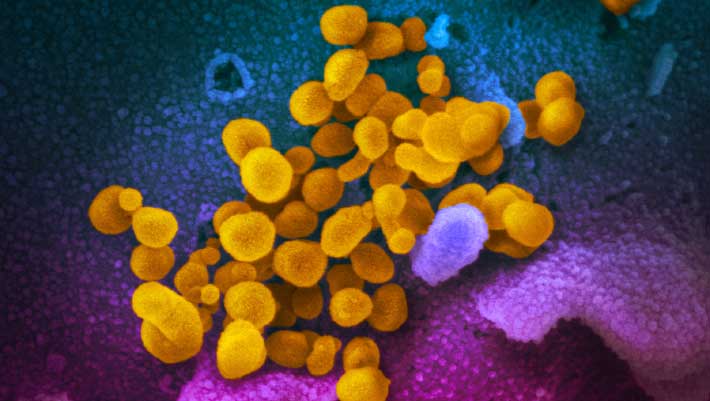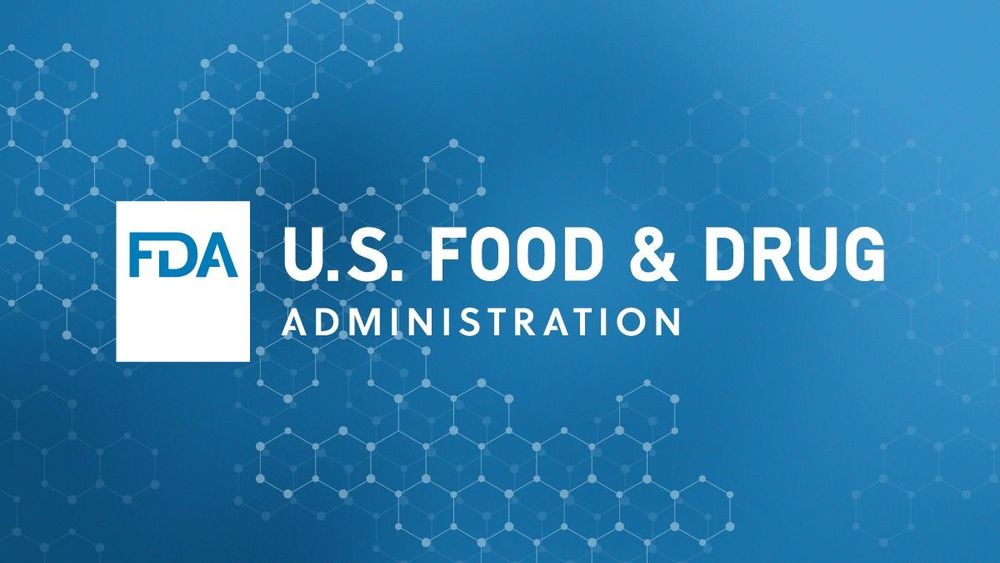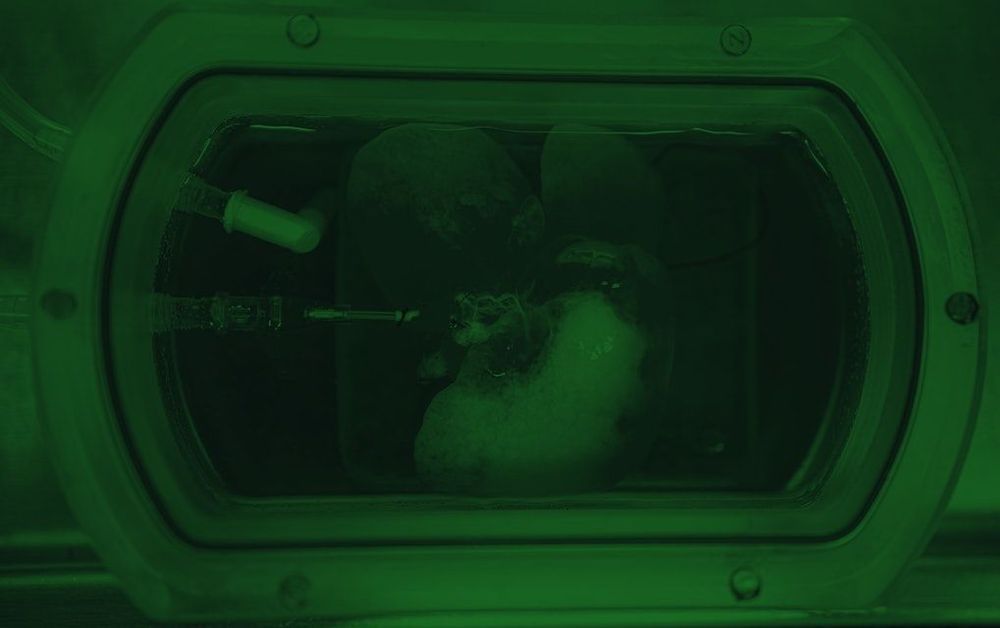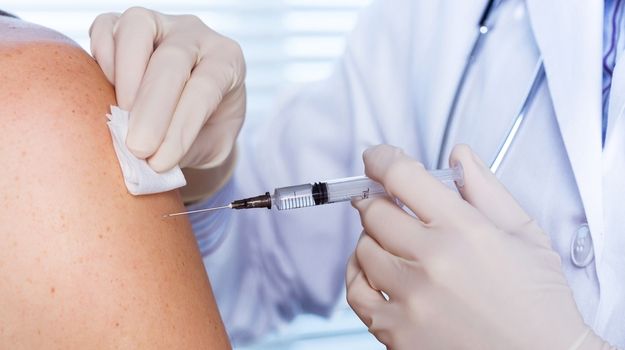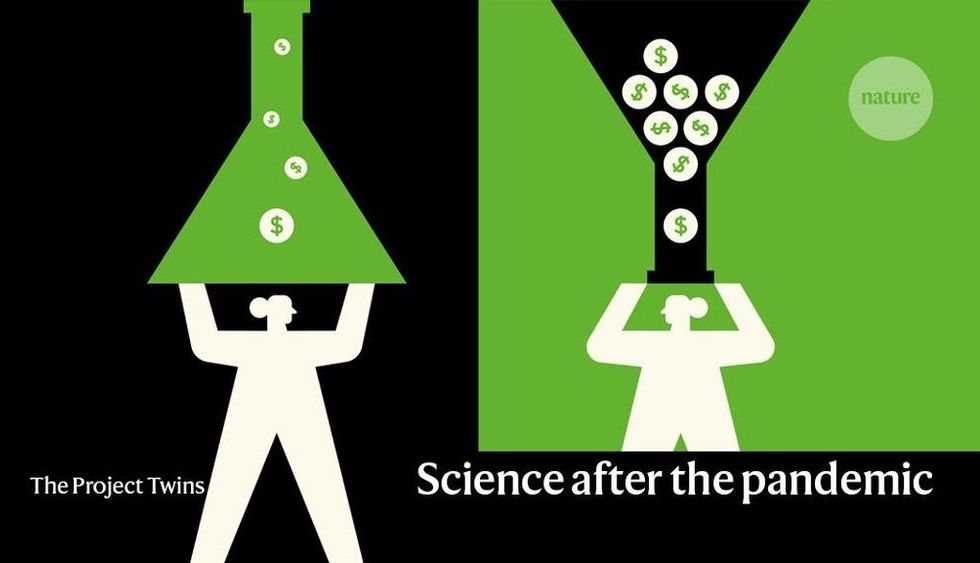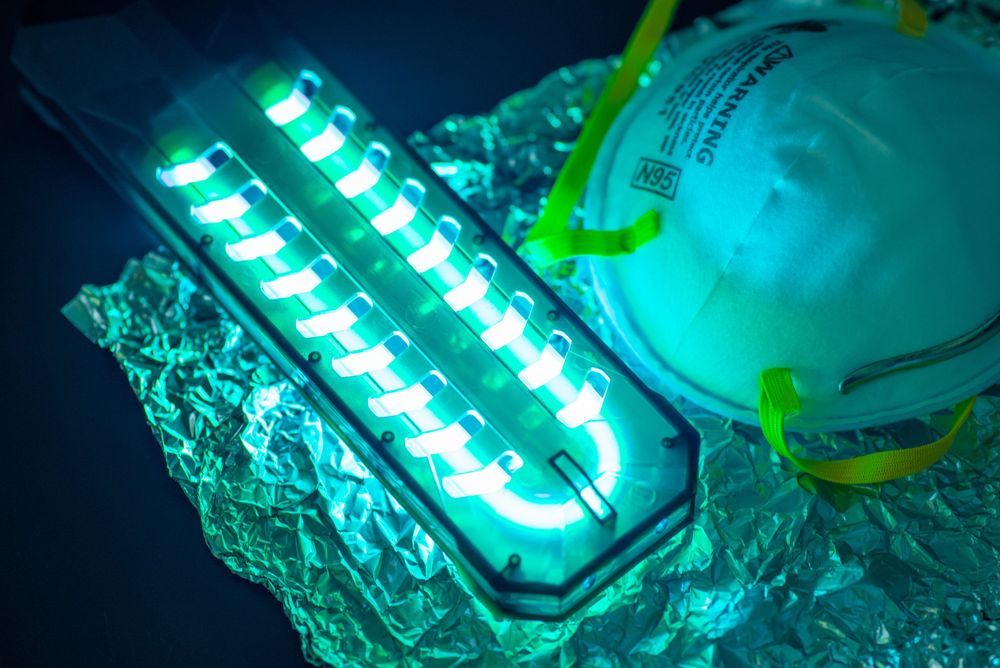
UNIVERSITY PARK, Pa. — Phone, keys, wallet…ultraviolet light device. Just in case you wanted yet another item to carry around all day, researchers say that portable, handheld COVID-19 killing ultraviolet light devices may be a reality in the future. These gadgets would emit high-intensity ultraviolet light and quickly disinfect targeted areas.
There are two main ways to clean and remove bacteria and viruses from a given surface: chemicals and ultraviolet (UV) radiation exposure. UV radiation between 200 and 300 nanometers can effectively kill a virus and stop it from replicating itself. Obviously, devices emitting UV rays would come in handy these days due to COVID-19, but as of now such devices require an expensive, bulky mercury-containing gas discharge lamp with a short battery life.
The study’s authors, however, believe that much more portable, longer lasting, energy efficient, and environmentally friendly UV light emitting diodes can be developed. The necessary LEDs already exist, but the process has been complicated by the fact that electrode materials must also be transparent.
